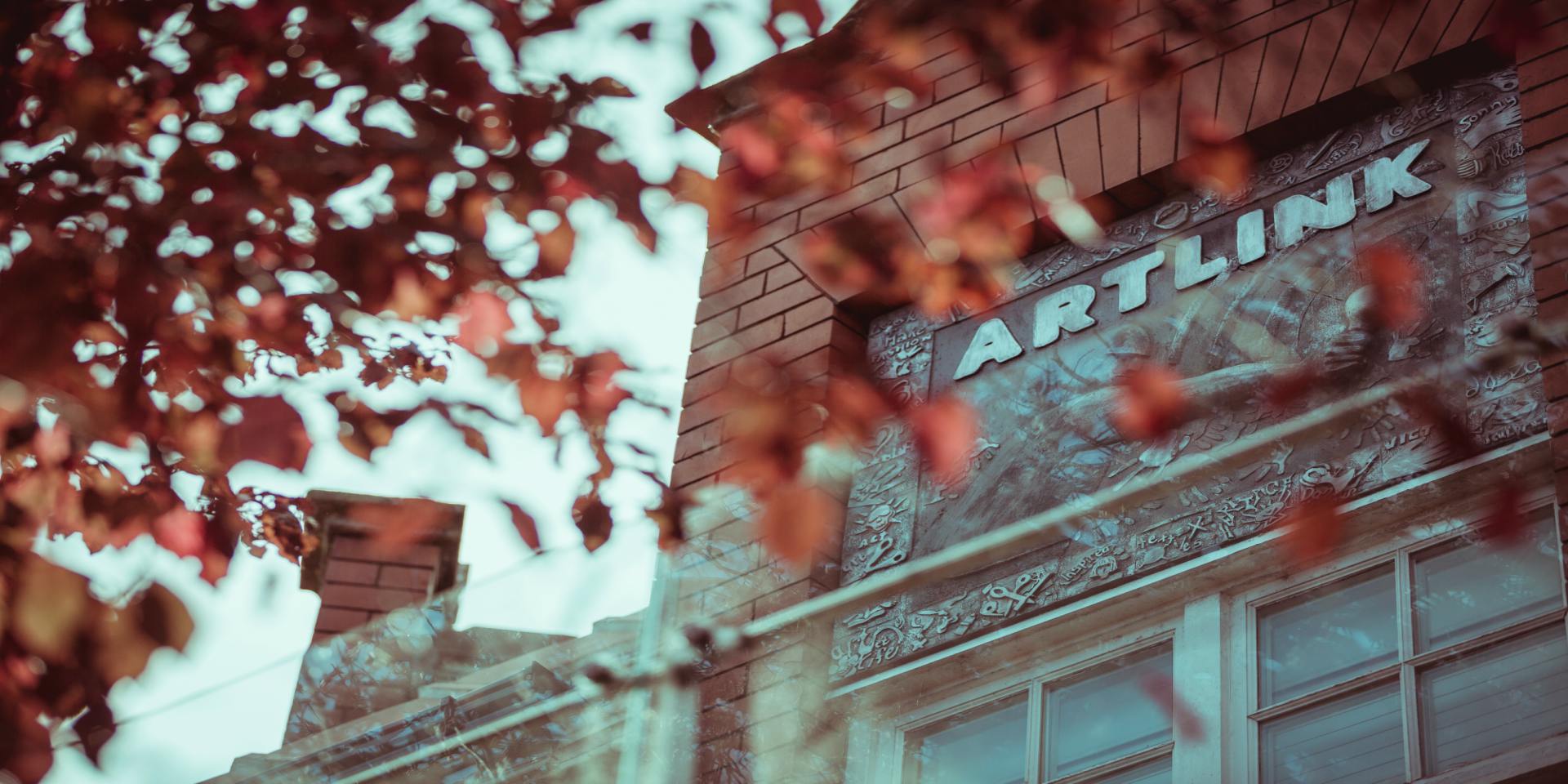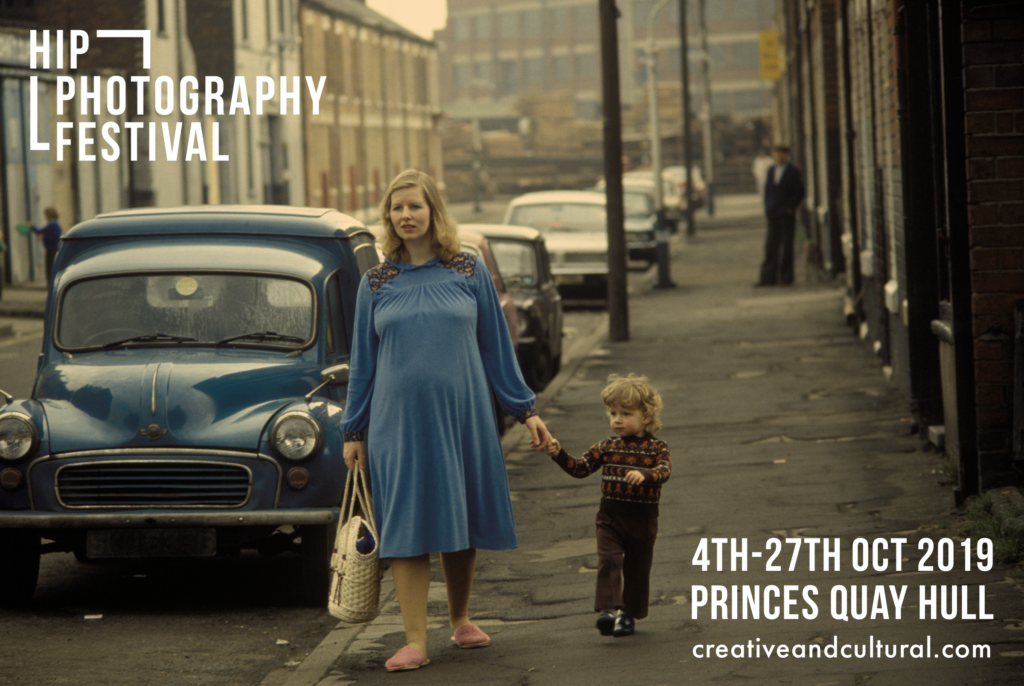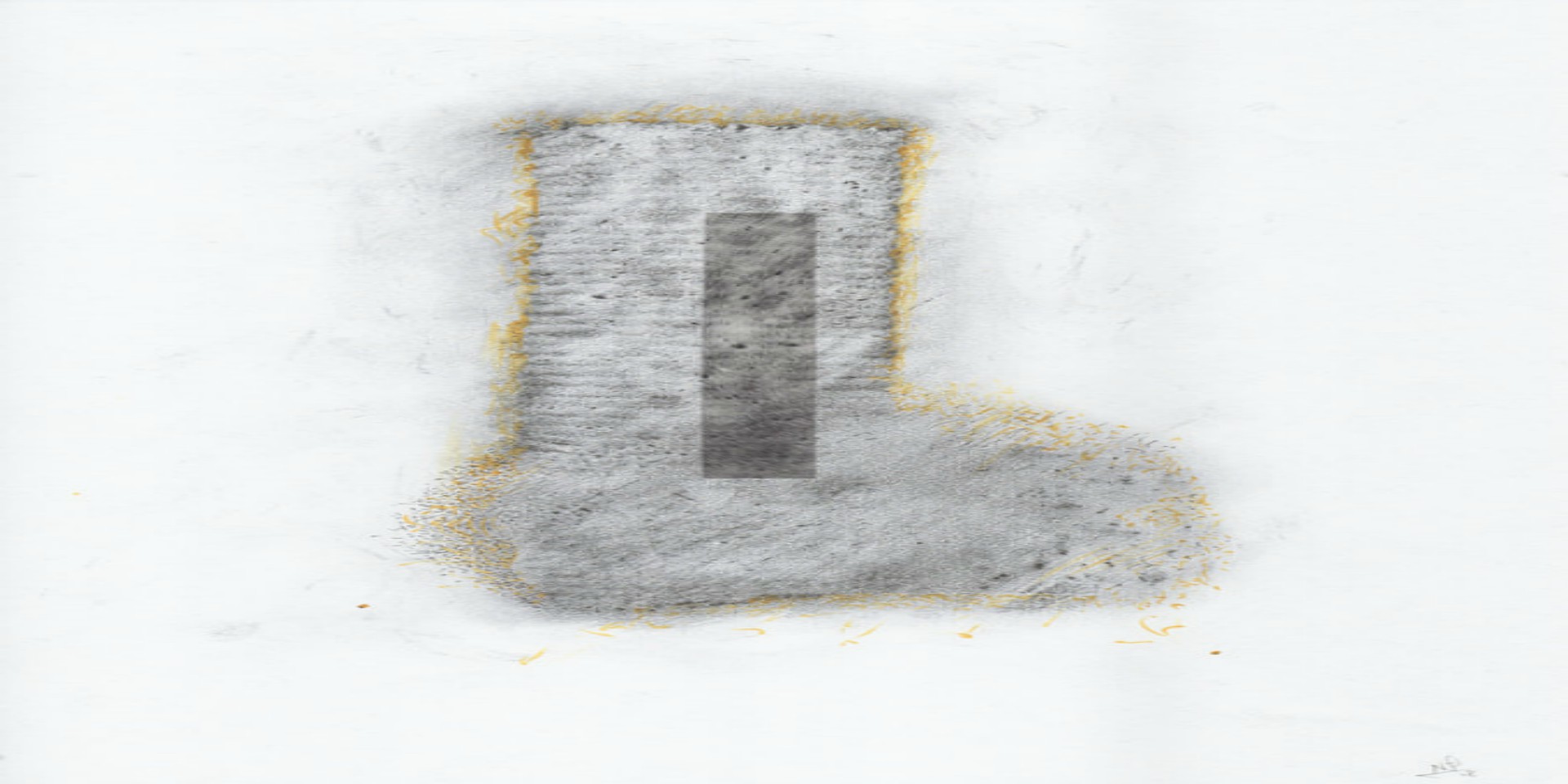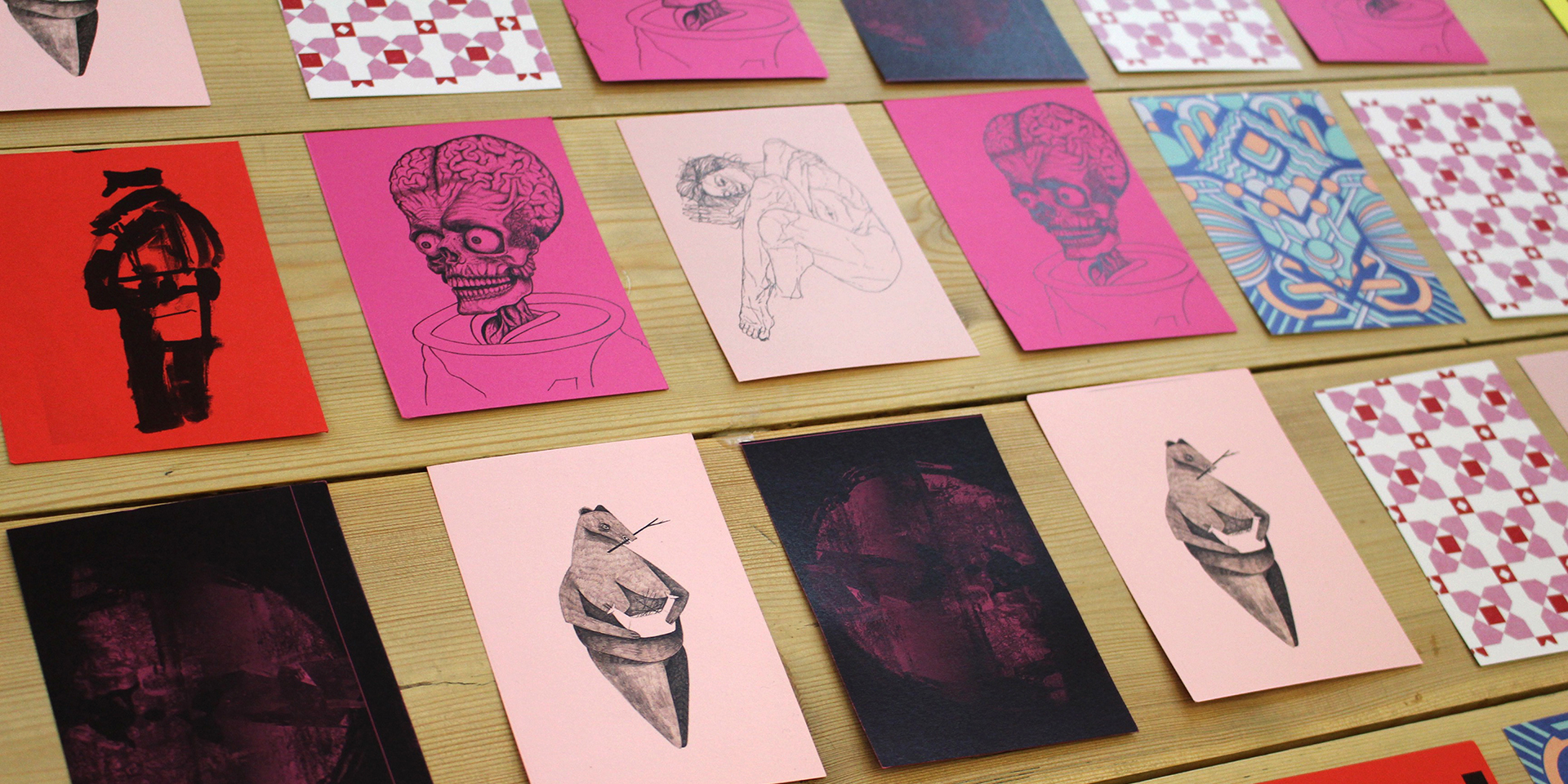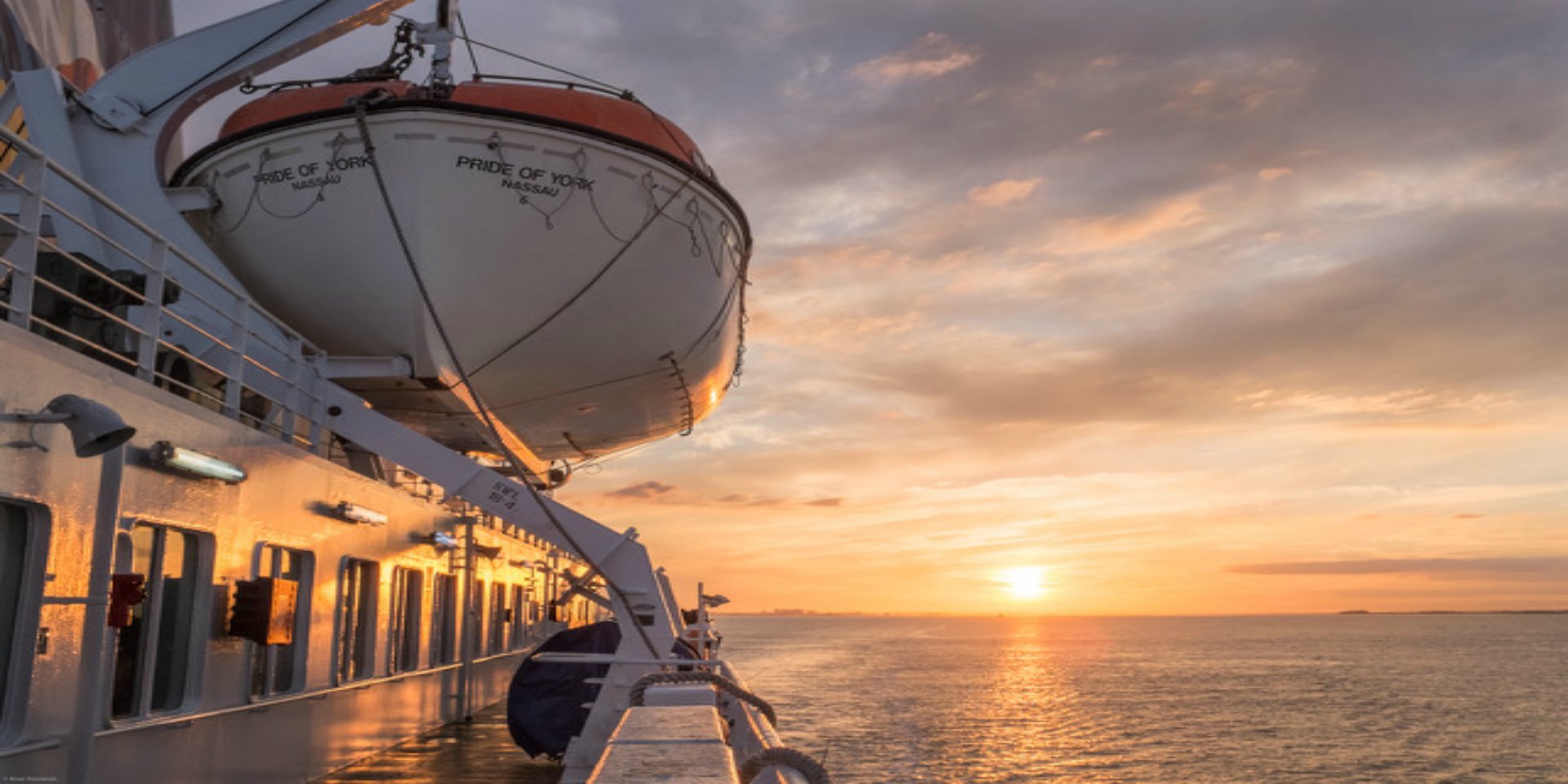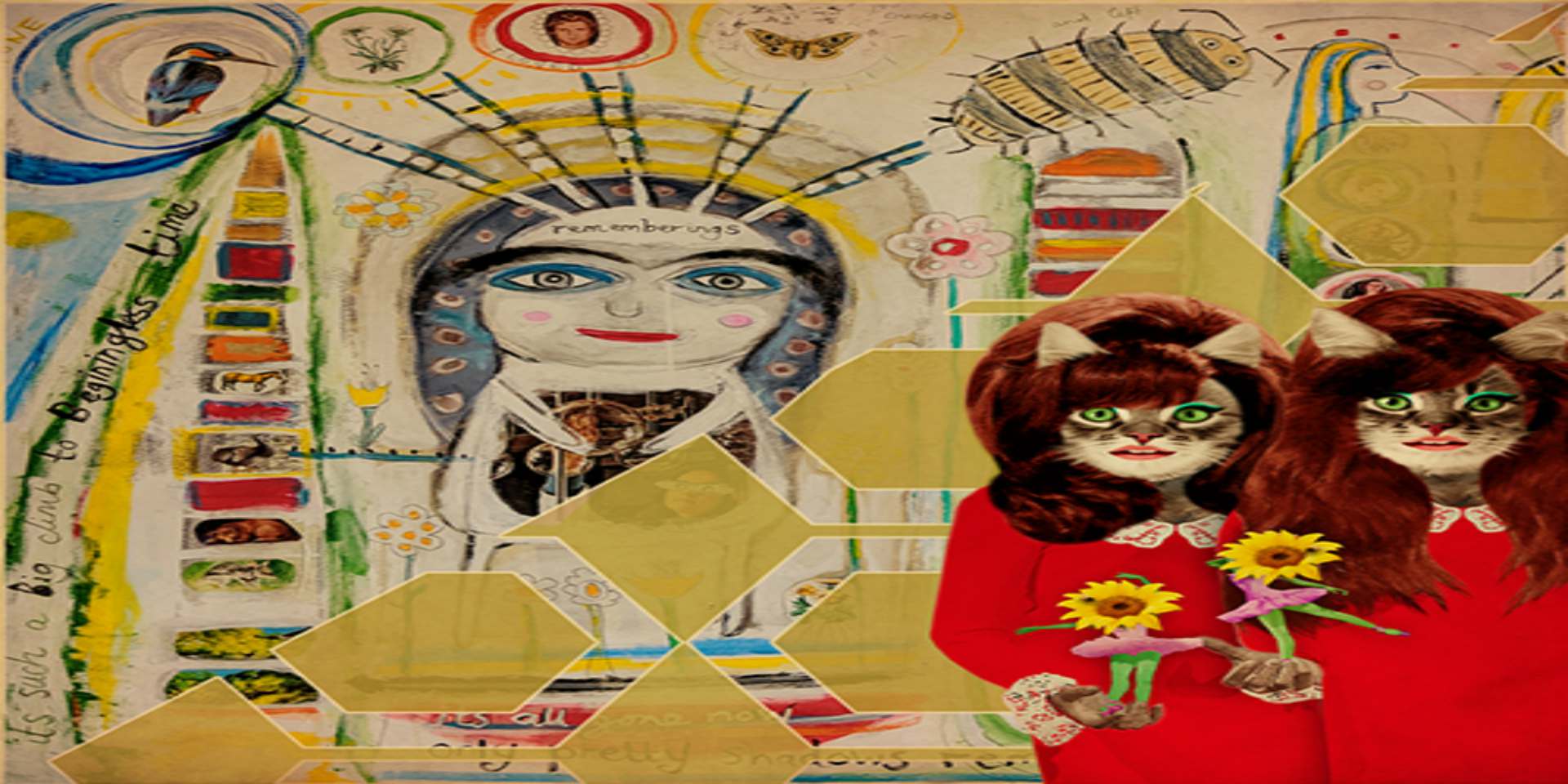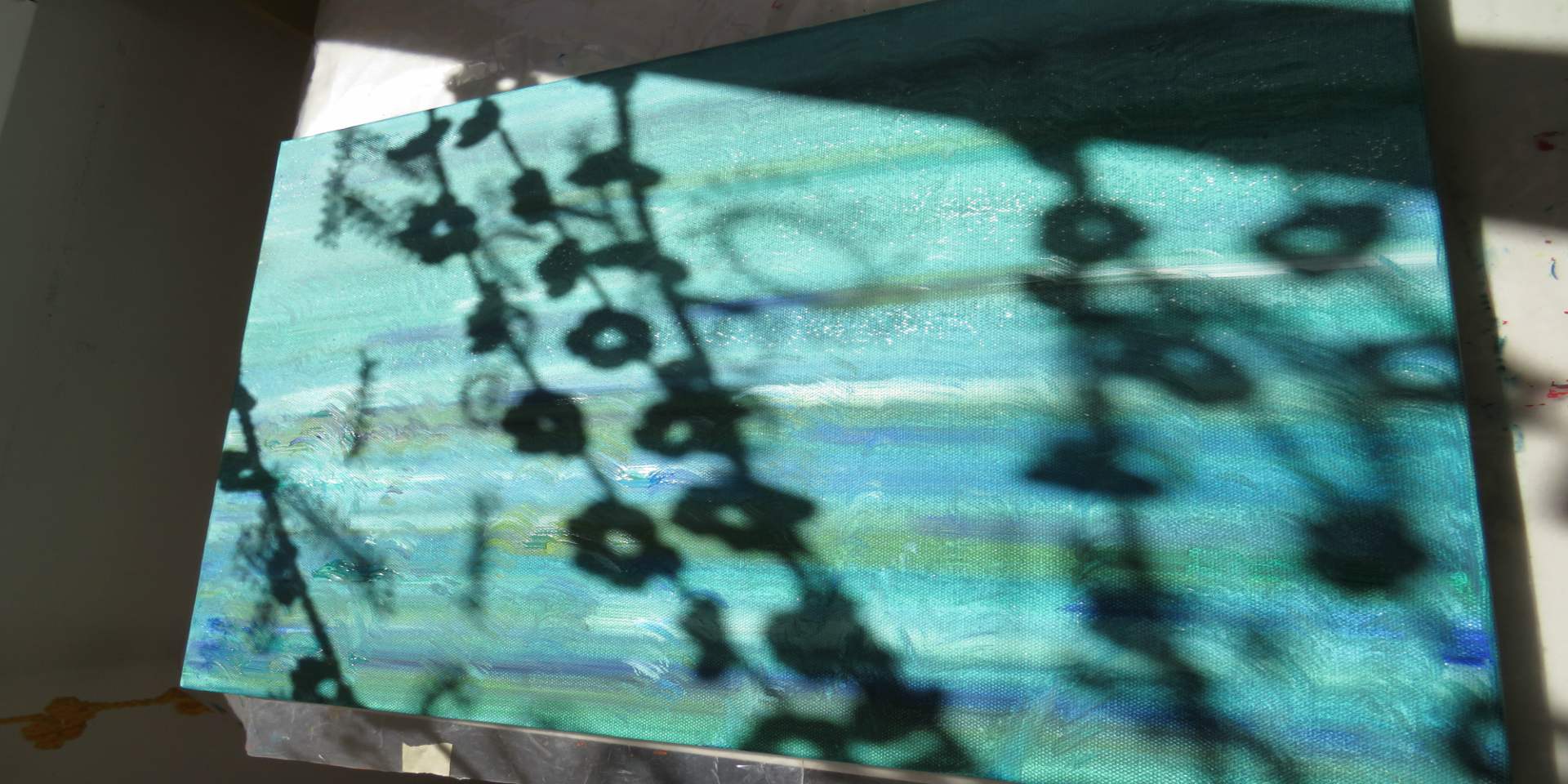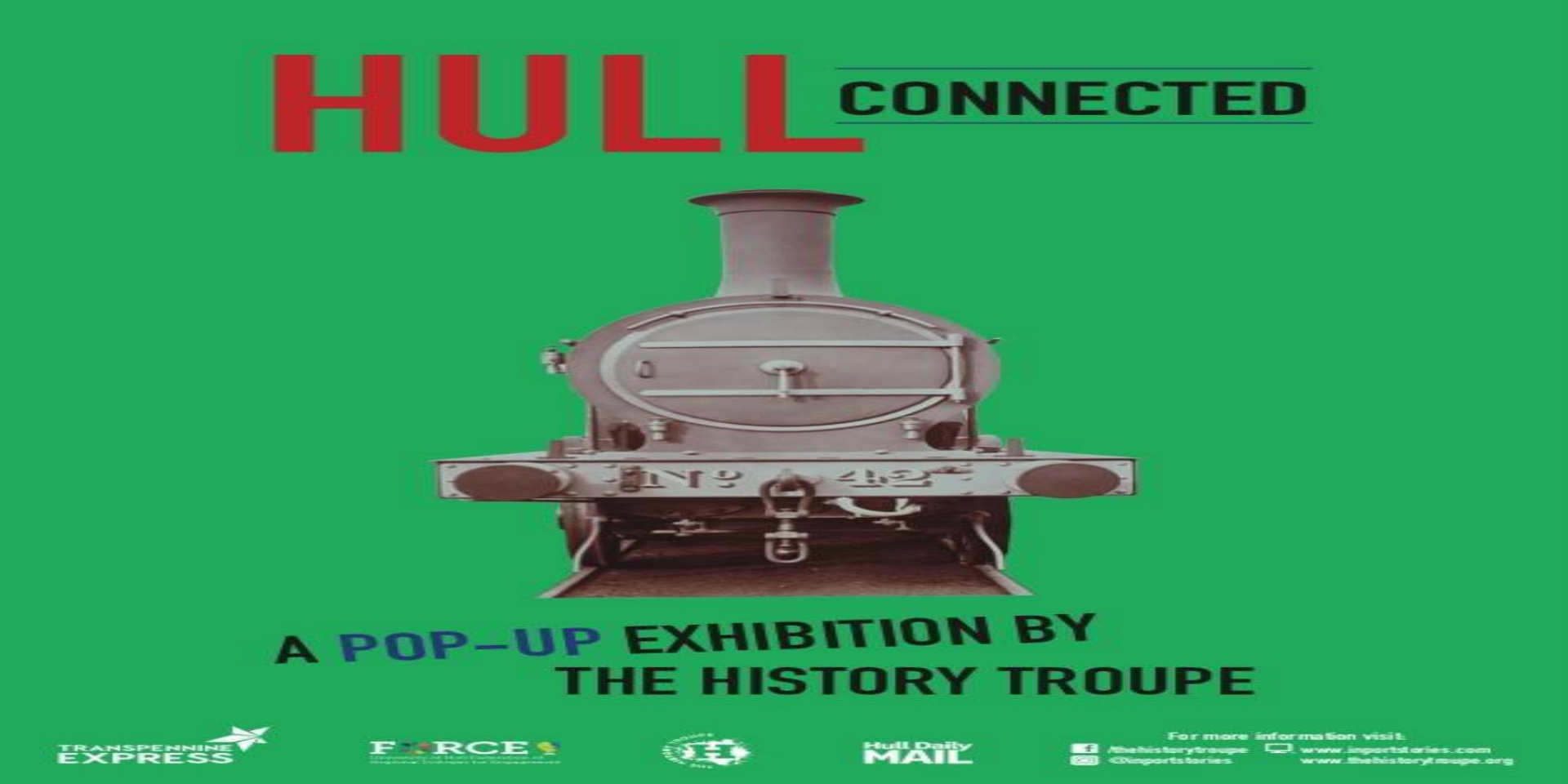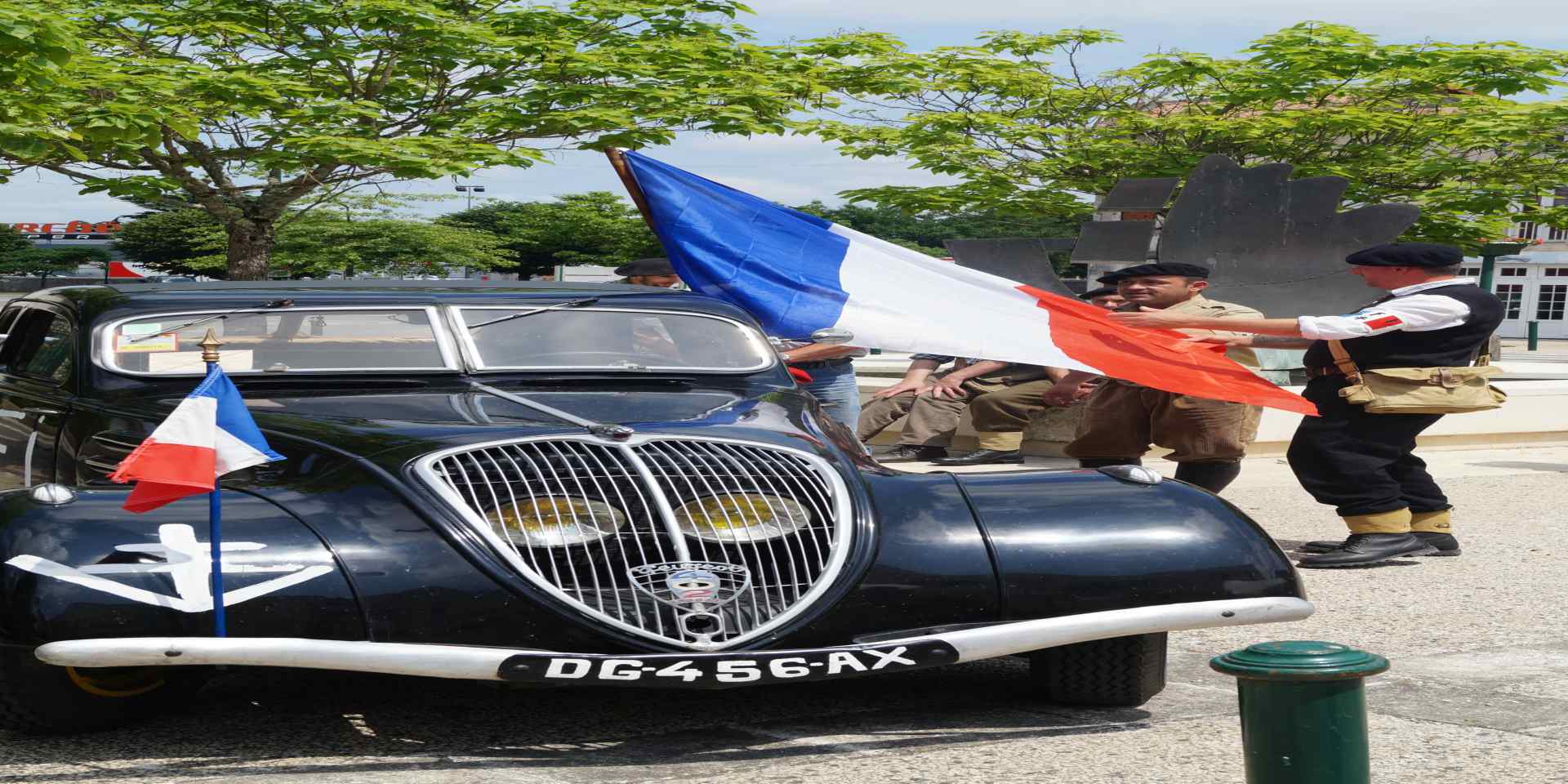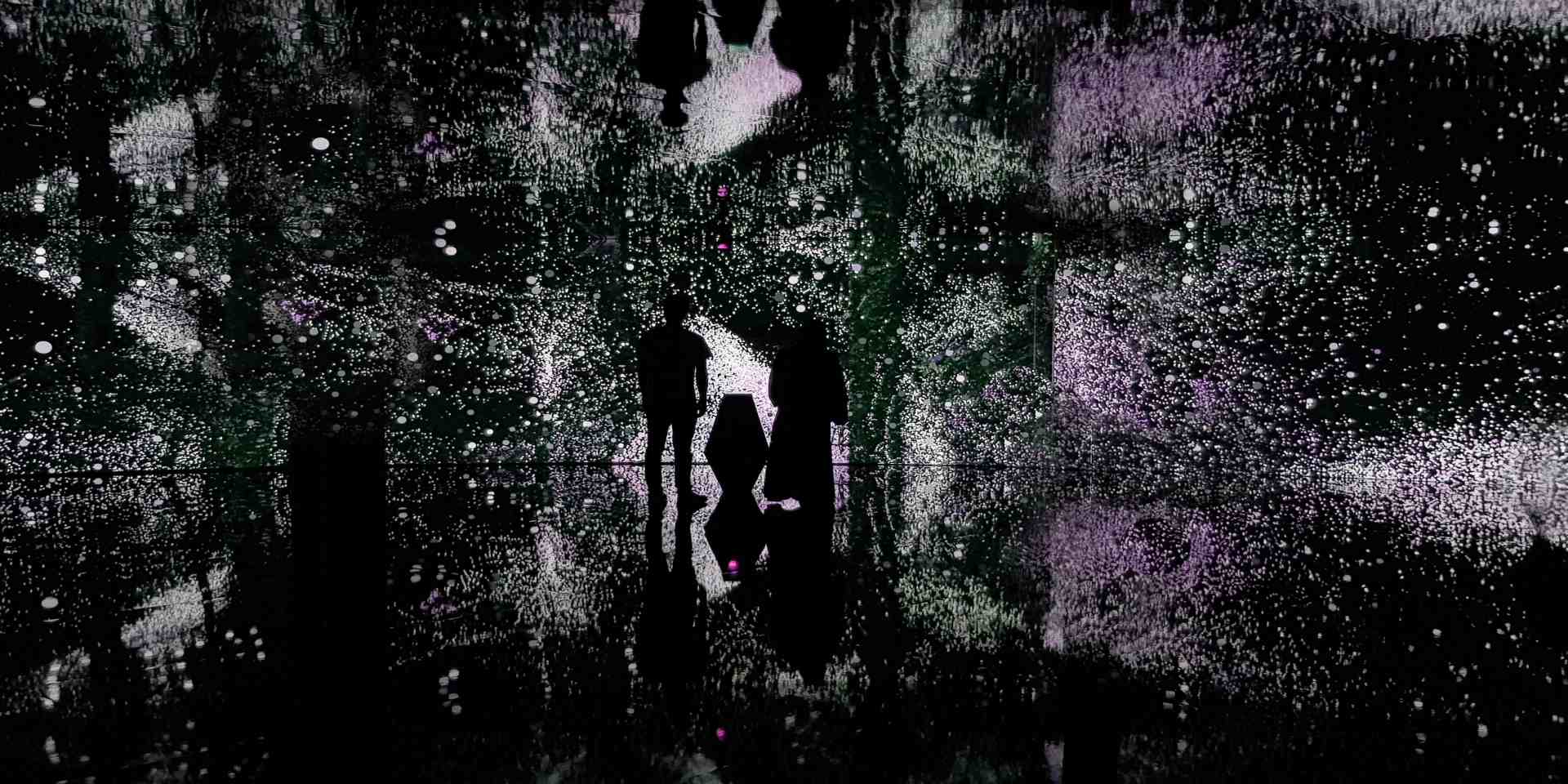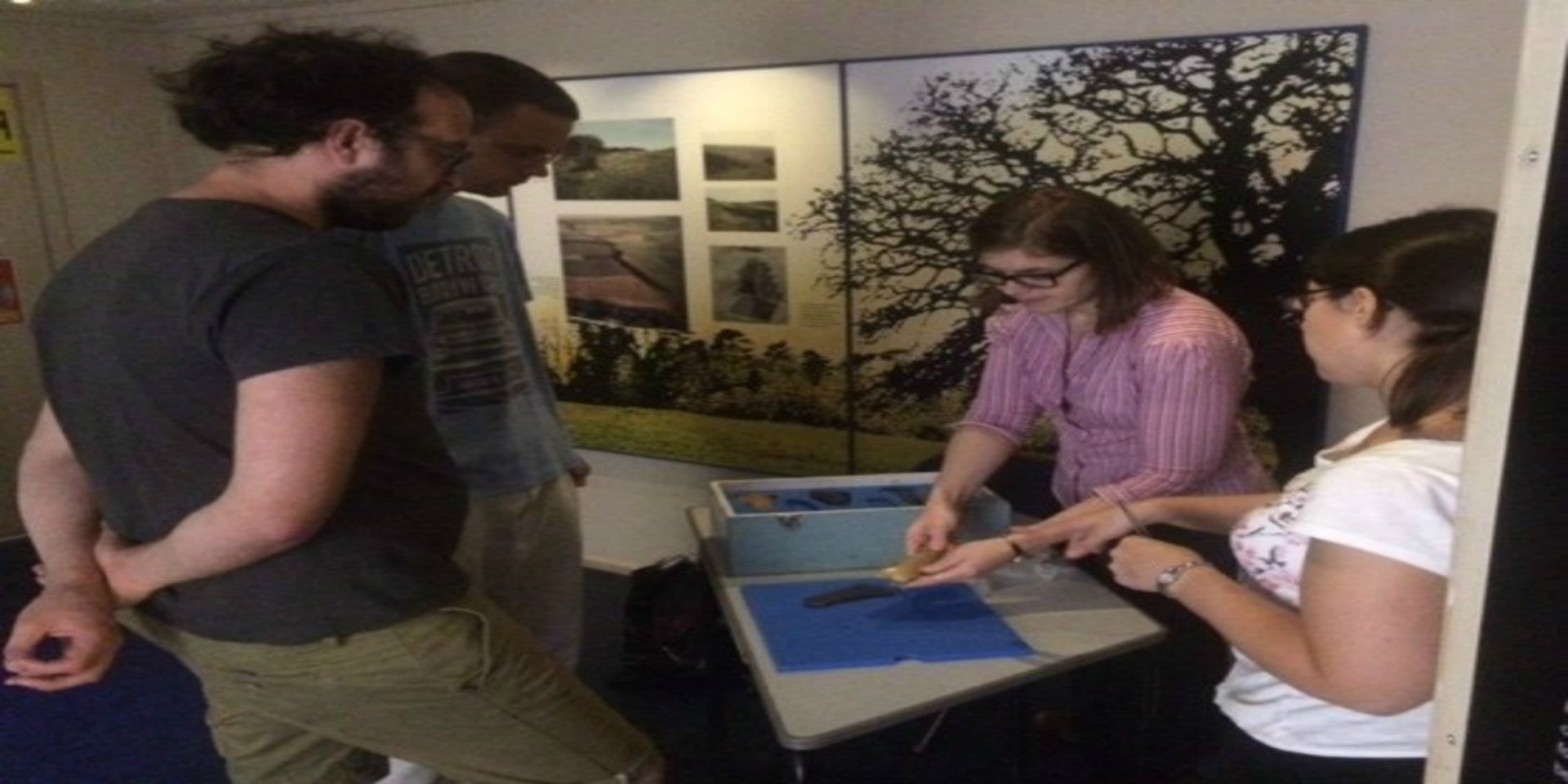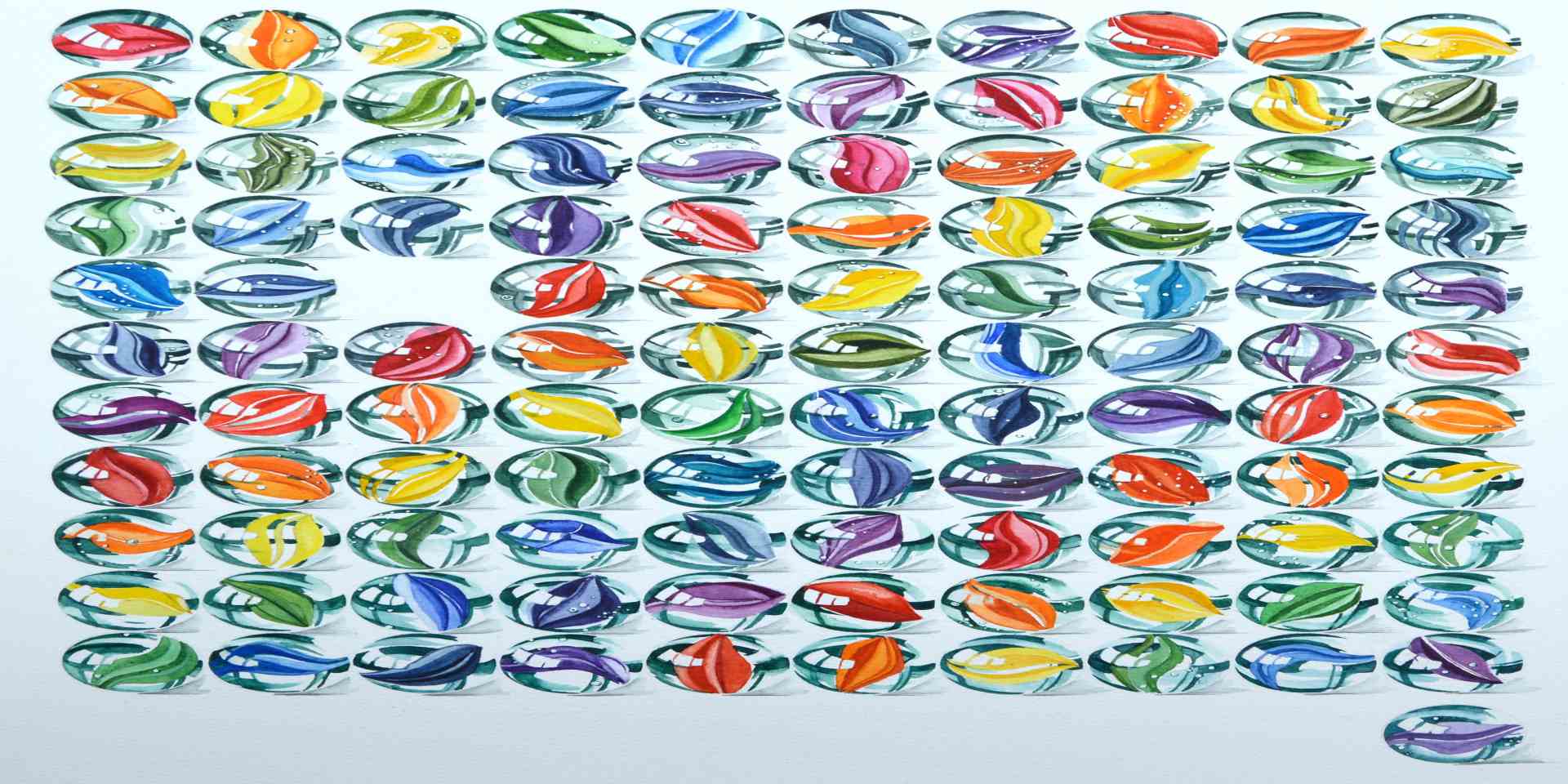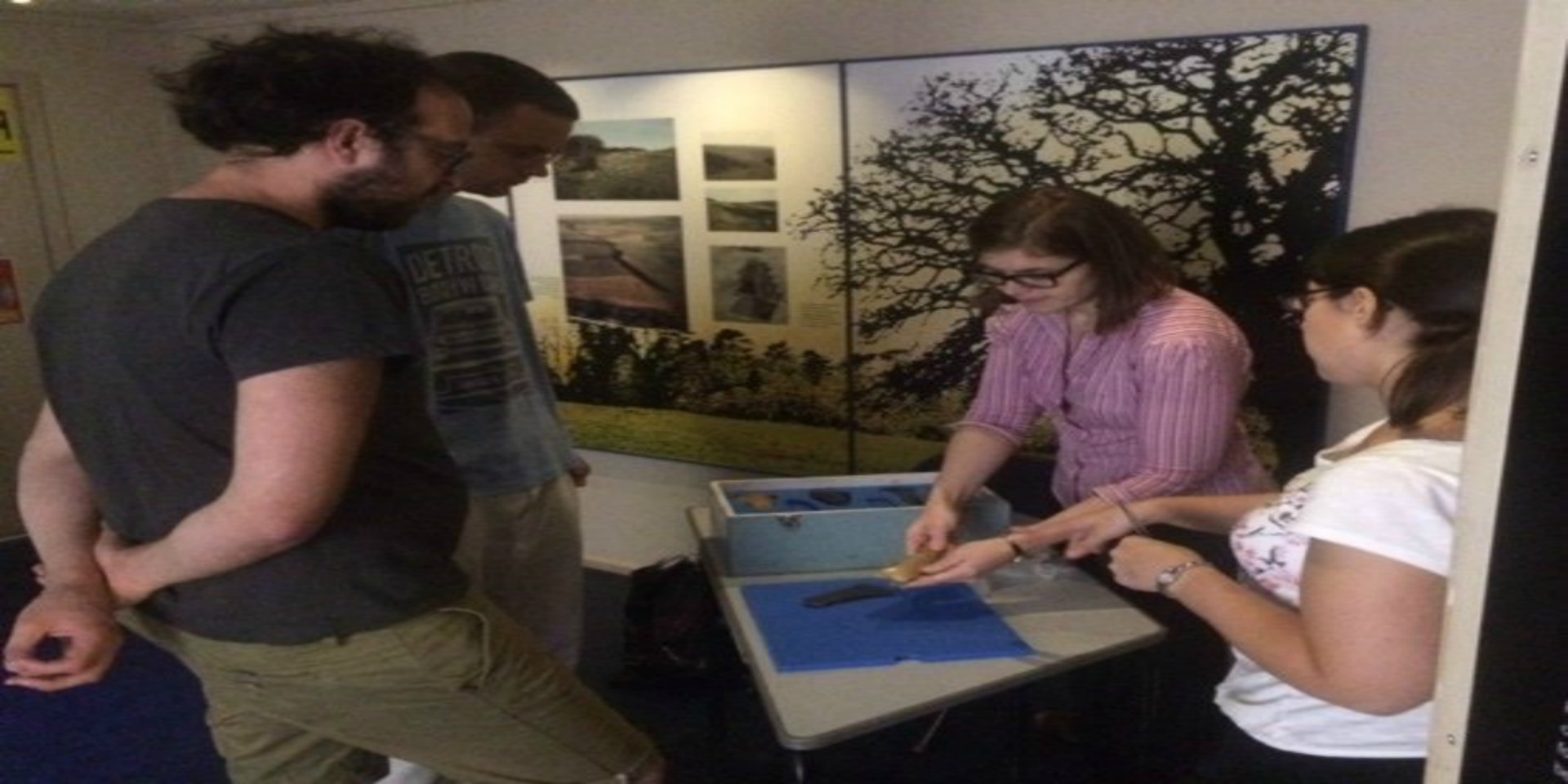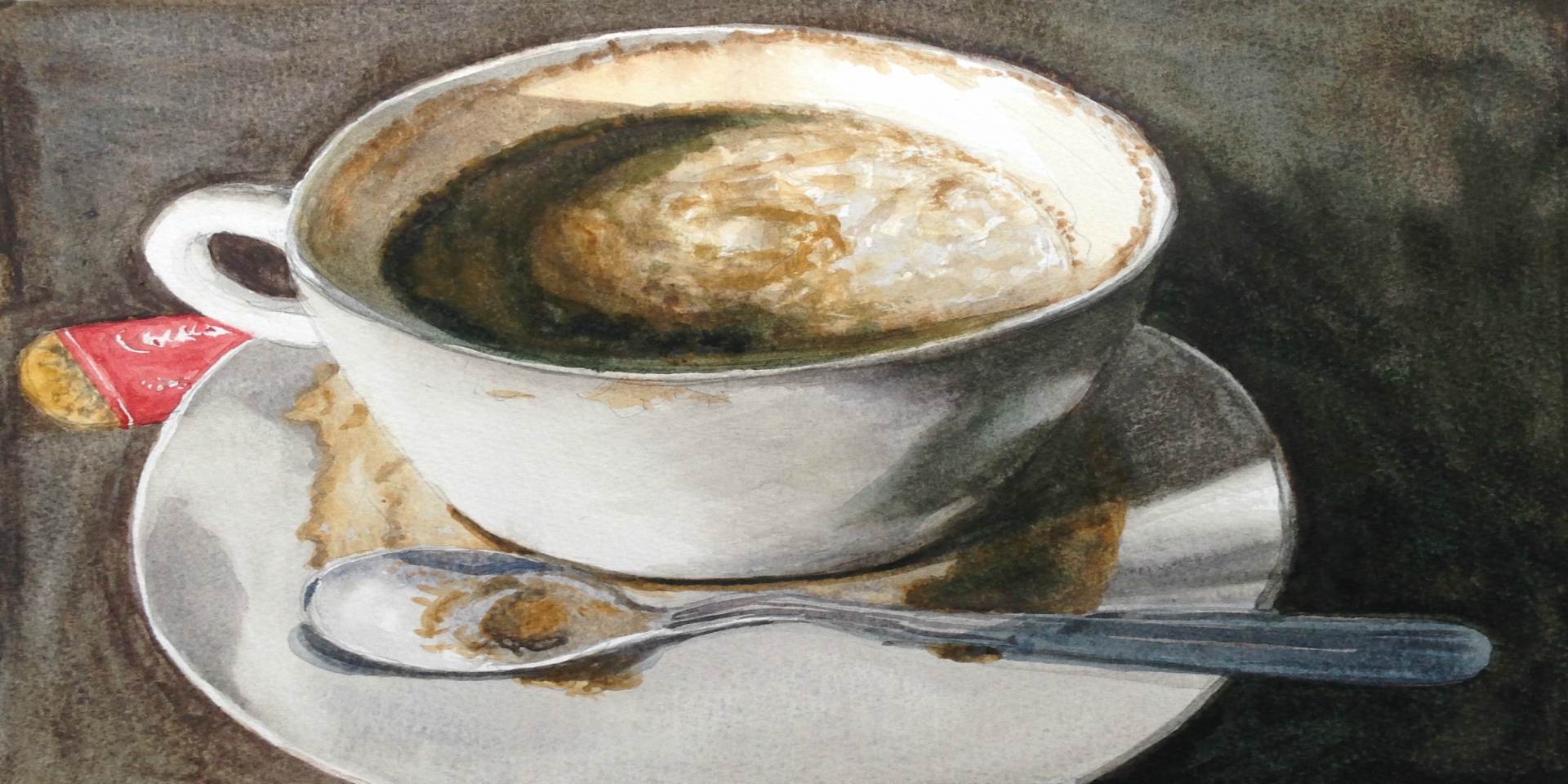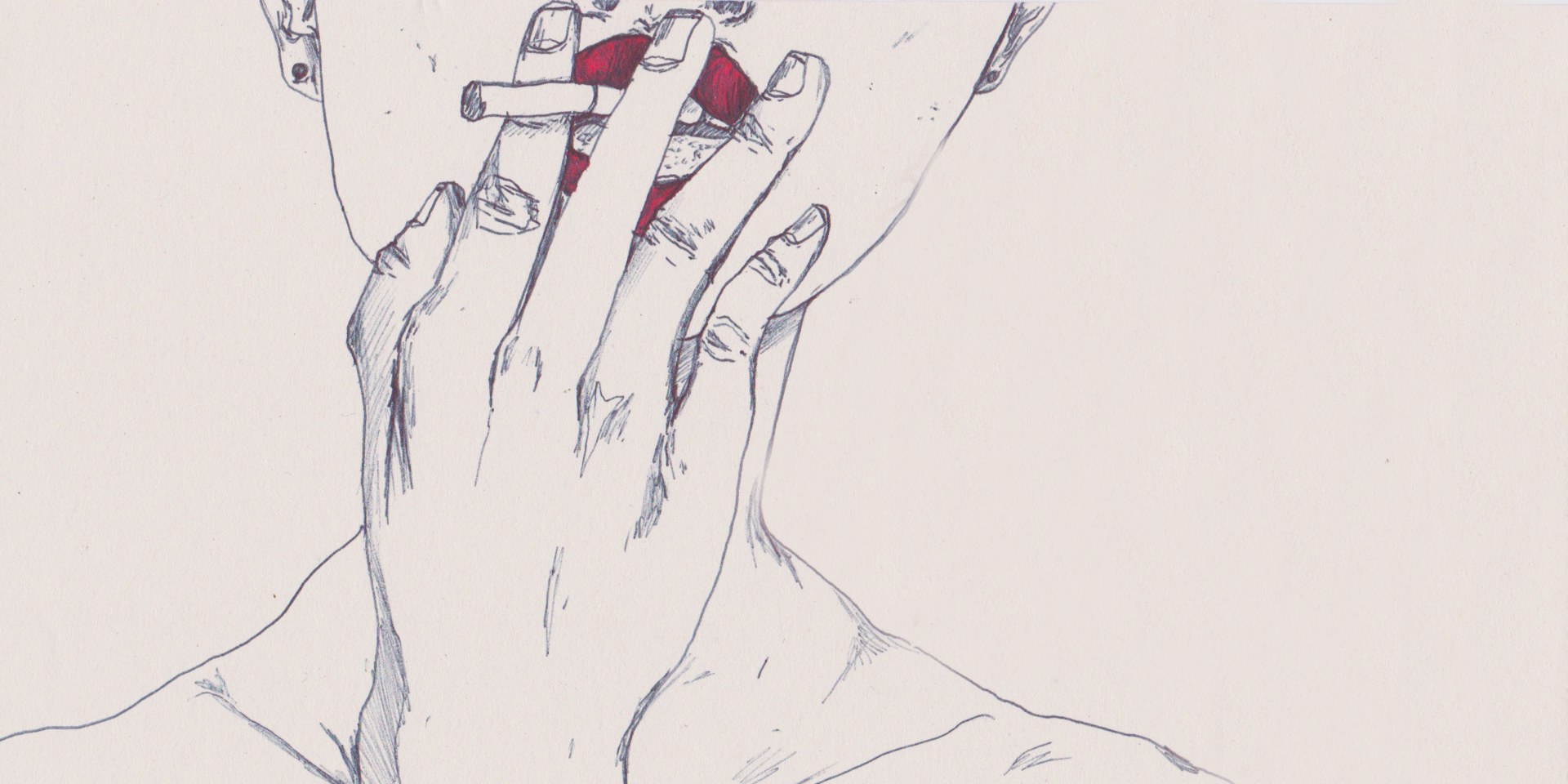Through photography, film, and audio, artist Kevin Crooks has been documenting a number of individuals and community groups situated in the port cities of Hull and Liverpool since 2017.
Throughout the production of ‘You’re Only Here for the Culture’ Kevin has captured personal accounts from people who have been directly and indirectly impacted by the legacy of both European Capital of Culture in Liverpool and UK City of Culture in Hull, ten years apart. Kevin wanted to explore how in the short and long-term future these significant cultural events may alter and affect communities in these cities.
The project is an extension of Kevin’s project ‘M62: The Transpennine Motorway’, a collection of work from 2017 which focussed on the M62 as a transport link which geographically binds and culturally connects the communities and cities of the North.
‘You’re Only Here for the Culture’ is a new body of work in which Kevin has collaborated with communities that share similarities. Particularly in terms of how increased support and investment into cultural activities has impacted on the status, opportunities and future prospects of people within these two port cities that have
faced the challenges of economic decline. The title ‘You’re Only Here For the Culture’ came from a Hull City AFC chant. Outcomes of the work produced will be exhibited at Artlink Hull from
December 2018, and will later be displayed in a different format by Open Eye Gallery, Liverpool in 2019.
